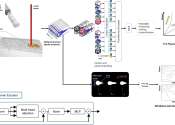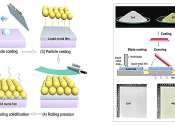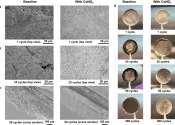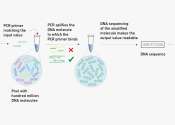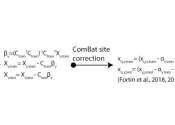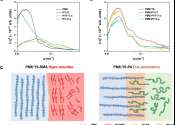Nature Communications
Nature Communications is a bimonthly peer-reviewed scientific journal published by the Nature Publishing Group since 2010. The editor in chief is Lesley Anson. It is multidisciplinary in scope, with coverage that includes all topics in physics, chemistry, and biology.
The online-only journal is specifically designed to fill in gaps for research articles where there is no dedicated journal available in the Nature Publishing Group journals. For example coverage of this journal includes developmental biology, plant sciences, microbiology, ecology and evolution, palaeontology and astronomy. Cross-disciplinary research such as biophysics, bioengineering, chemical physics and environmental science, are also published. However, all cross-disciplinary works are considered for publication.
- Publisher
- Nature Publishing Group
- Country
- United Kingdom
- History
- 2010-present
- Website
- https://www.nature.com/ncomms/index.html
Some content from Wikipedia,
licensed under CC BY-SA


